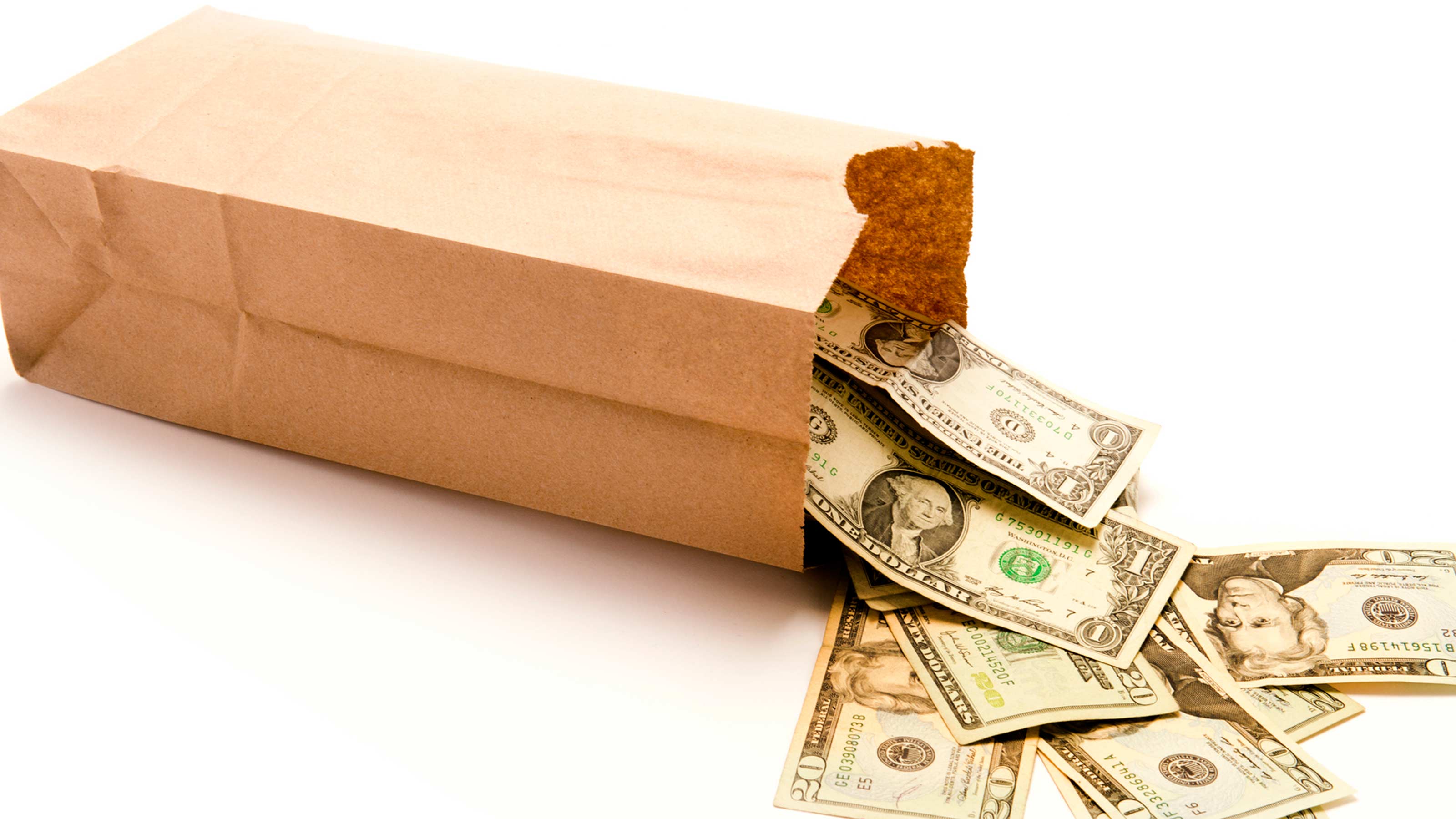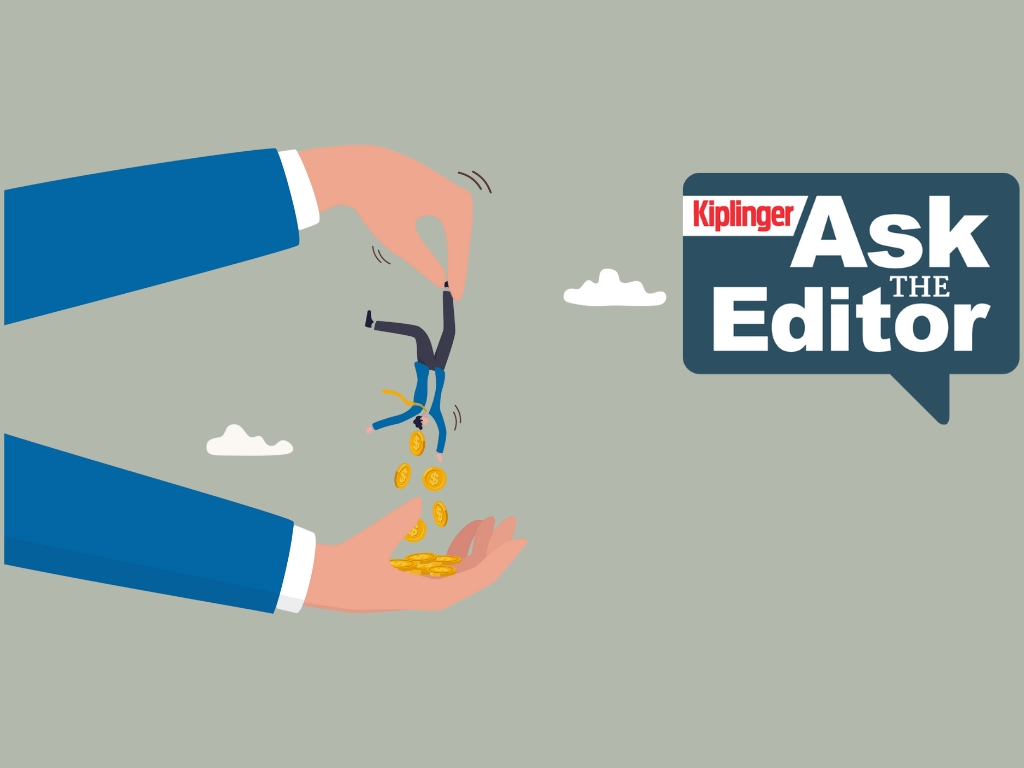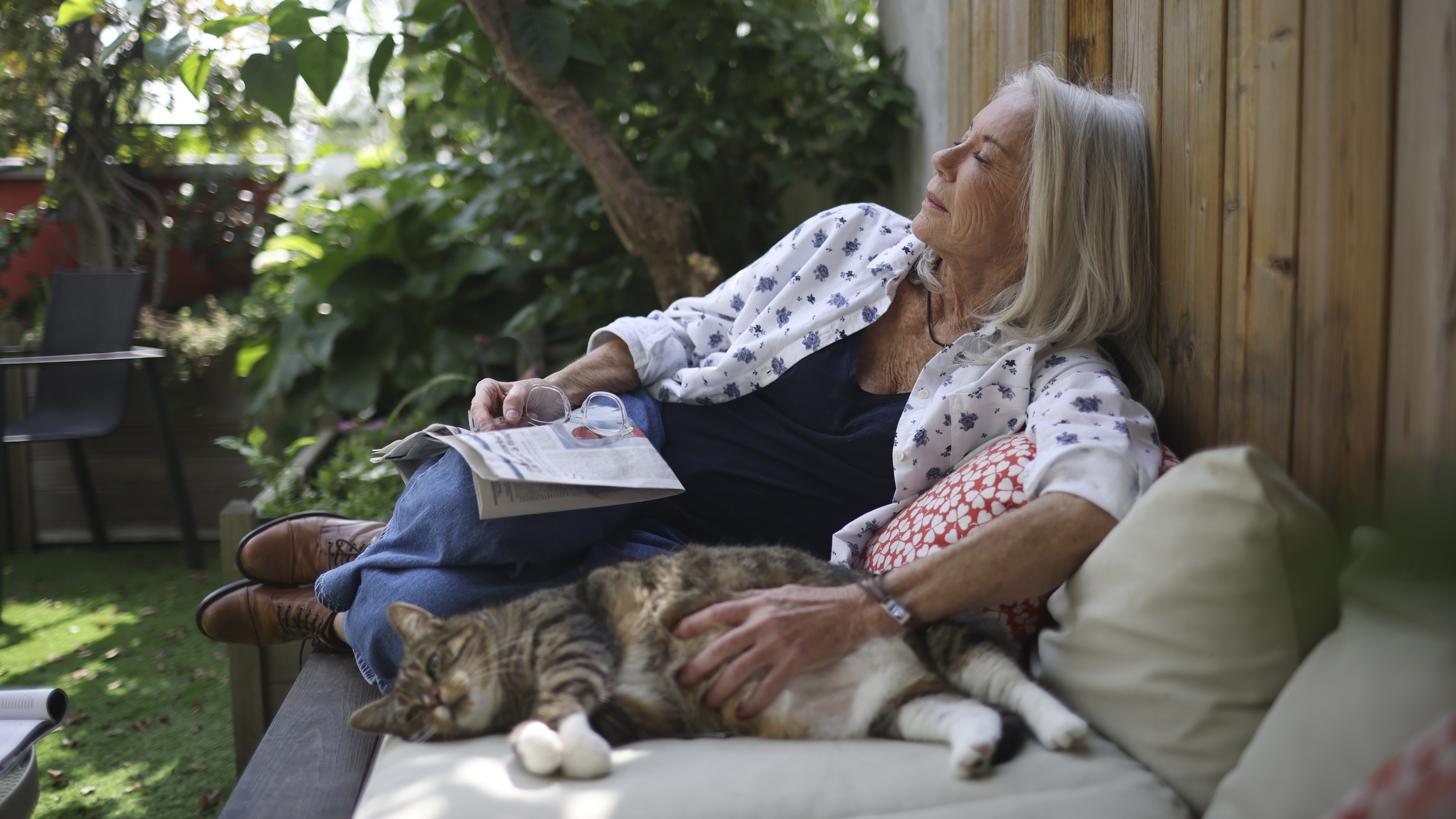Would You Pack Your Lunch for $1.2 Million?
Buying lunch every workday might cost you a lot more than you think in retirement savings over the course of your career.


It's easy to eat lunch out. It's convenient. It's a nice break from work, and, boy, is it delicious. And how much does it cost? Not much at all. "Just a few dollars." Well, that's what marketers want you to think. The marketing industry spends its life convincing you that it's just "a few dollars" to enjoy a great lunch out. The reality is, it costs you much, much more. Let's take a look at exactly how much.
One day awhile back, before the COVID-19 pandemic, I went to lunch, stopped off at Panera, had a salad and a drink, and the cost was $14.50. Heck, that's not that much, $14.50 for lunch. That's less than a movie in most places these days. And it was tasty and convenient. But what if I had just brought something from home? How much could I save? The real question you need to ask is, "How do compounding interest and compounding savings work over time to my advantage?" Let's look at the numbers.
How Lunch Out Can Add Up Fast
If you ate lunch out every day and spent just $14.50, it may not seem out of your budget, but it adds up. Multiply that by five workdays, $14.50 a day turns into $72.50 a week, which comes out to $3,770 a year. Compare that to a typical lunch from home, which might cost about $3 a day, $15 a week and only $780 per year.
From just $107.88 $24.99 for Kiplinger Personal Finance
Become a smarter, better informed investor. Subscribe from just $107.88 $24.99, plus get up to 4 Special Issues

Sign up for Kiplinger’s Free Newsletters
Profit and prosper with the best of expert advice on investing, taxes, retirement, personal finance and more - straight to your e-mail.
Profit and prosper with the best of expert advice - straight to your e-mail.
Hold on; it gets worse. Over 40 years, if you ate home-cooked lunches, you would have spent $31,200. While that might sound like a lot, it’s $119,600 less than what you’d pay for restaurant meals, which add up to a grand total of $150,800. Now that is a lot of money. The marketing gurus don't want you looking at the $150,800 amount. They want you to look at the $14.50 amount. But would you pack a lunch if it saved you $119,600?
What if it saved you over $1.2 million? Let me show you what I mean.
Next, Factor in Taxes and 401(k) Savings
Remember, when you buy lunch at $14.50, you're using money that came out of your paycheck that has already been taxed. If you're in the 22% tax bracket, then you're going to lose 22% federal and maybe 5% more in state taxes per paycheck. That's 27% of your paycheck, gone. So that means that $14.50 in “after tax” lunch money actually costs you $19.86 of your “before taxed” earnings from your paycheck.
Why is that important? Well, what if that $19.86 went directly into savings without being taxed? You can do that by putting that money into your 401(k). Now, at the end of the year instead of a savings of $3,770/year ($14.50/day for lunch x 5 days/week x 52 weeks/year), you'd have actually saved $5,164/year — this reflects the tax savings, which would go directly into your 401(k) along with the $14.50 cost of lunch ($19.86/day for lunch x 5 days/week x 52 weeks/year).
But it gets even better. Many employers offer to match your contributions. The most common match is 50 cents on the dollar, up to 6% of pay. This means instead of eating lunch for $14.50 a day, you could add $5,164 a year into your 401(k). And if your employer matches your contribution at 50 cents on the dollar, you would be adding a total of $7,745/year into your 401(k). That's a lot of money for lunch.
Finally, Figure in Compound Interest
But wait, there’s more! That money doesn’t just sit in your 401(k). It grows. Let’s say you start contributing this money to your 401(k) when you are 25, and let that money grow for 40 years with a return of 6.75%, which is on trend with what the market's done over time. At $14.50 a meal, $3,770 a year, times 40 years, you have saved $150,800 by age 65. But if you would have invested that money, pre-taxed, in your 401(k) with you company’s match, over 40 years, your 401(k) could have grown to $1,547,919! What would your $3 home-cooked meals add up to under similar circumstances? Just $320,340. So, subtracting that, you see that by brown-bagging it, you could have saved a grand total of $1,227,579.
Over $1.2 million saved for retirement by not eating lunch out. Would you pack your lunch for $1.2 million?
So, what's the takeaway? The takeaway is marketers have spent years honing their craft to convince you to buy their products and have you look at it in terms of a daily, weekly or monthly cost in order to keep the price very low in your eyes. When you buy a car, they don't talk to you about the total price of the car. All their effort is focused on convincing you that monthly cost is within your budget. They don't want you to add up all the car's costs, plus tax, plus interest over the life of your loan. It's the same with your lunches!
This $14.50 lunch is actually costing you just shy of $20 in pre-taxed earned income that you've worked for. Just shy of $40/lunch when you add in your employer's matching contribution — which could turn into over $1.5 million by retirement. Now, over 40 years, that turns into a total of 10,400 lunches. Which means the true cost of each lunch is not $14.50 but $148.84 ($1.5 million+/ 10,400 lunches = $148.84/lunch).
How is that possible? It's the power of compounded interest and compounded savings over an extended period of time. Just like water trickling, over years and years, created the Grand Canyon. You can use that same power of consistent savings and compounding interest to generate a retirement nest egg that you could never outlive, but it starts with understanding the numbers. So, $14 for lunch or $1.5 million in retirement?
Profit and prosper with the best of Kiplinger's advice on investing, taxes, retirement, personal finance and much more. Delivered daily. Enter your email in the box and click Sign Me Up.

Dave Lopez is the Founder of ILG Financial, which has been in business for over 11 years and he has built out hundreds of Retirement Plans. Dave is a Fiduciary Investment Advisory and holds a Life, Long Term Care, and Annuity License. He has his own radio show, "Retire Your Way with Dave Lopez," currently available as a podcast. He is also a best-selling co-author of the Amazon book "Mama's Secret Recipe for Retirement Success" with Jack Canfield and has been featured in many finance periodicals.
-
 Top Tech Gifts to Grab at Walmart Before Christmas
Top Tech Gifts to Grab at Walmart Before ChristmasBig savings on Apple, Bose, HP, Vizio and more while there's still time to shop.
-
 AI Appliances Aren’t Exciting Buyers…Yet
AI Appliances Aren’t Exciting Buyers…YetThe Kiplinger Letter Artificial intelligence is being embedded into all sorts of appliances. Now sellers need to get customers to care about AI-powered laundry.
-
 Ask the Editor: IRAs, 401(k)s and RMDs
Ask the Editor: IRAs, 401(k)s and RMDsAsk the Editor In this week's Ask the Editor Q&A, Joy Taylor answers questions on IRAs, 401(k)s and required minimum distributions
-
 Quick Question: Are You Planning for a 20-Year Retirement or a 30-Year Retirement?
Quick Question: Are You Planning for a 20-Year Retirement or a 30-Year Retirement?You probably should be planning for a much longer retirement than you are. To avoid running out of retirement savings, you really need to make a plan.
-
 Don't Get Caught by the Medicare Tax Torpedo: A Retirement Expert's Tips to Steer Clear
Don't Get Caught by the Medicare Tax Torpedo: A Retirement Expert's Tips to Steer ClearBetter beware, because if you go even $1 over an important income threshold, your Medicare premiums could rise exponentially due to IRMAA surcharges.
-
 I'm an Insurance Pro: Going Without Life Insurance Is Like Driving Without a Seat Belt Because You Don't Plan to Crash
I'm an Insurance Pro: Going Without Life Insurance Is Like Driving Without a Seat Belt Because You Don't Plan to CrashLife insurance is that boring-but-crucial thing you really need to get now so that your family doesn't have to launch a GoFundMe when you're gone.
-
 I'm a Tax Attorney: These Are the Year-End Tax Moves You Can't Afford to Miss
I'm a Tax Attorney: These Are the Year-End Tax Moves You Can't Afford to MissDon't miss out on this prime time to maximize contributions to your retirement accounts, do Roth conversions and capture investment gains.
-
 I'm an Investment Adviser: This Is the Tax Diversification Strategy You Need for Your Retirement Income
I'm an Investment Adviser: This Is the Tax Diversification Strategy You Need for Your Retirement IncomeSpreading savings across three "tax buckets" — pretax, Roth and taxable — can help give retirees the flexibility to control when and how much taxes they pay.
-
 Could an Annuity Be Your Retirement Safety Net? 4 Key Considerations
Could an Annuity Be Your Retirement Safety Net? 4 Key ConsiderationsMore people are considering annuities to achieve tax-deferred growth and guaranteed income, but deciding if they are right for you depends on these key factors.
-
 I'm a Financial Pro: Older Taxpayers Really Won't Want to Miss Out on This Hefty (Temporary) Tax Break
I'm a Financial Pro: Older Taxpayers Really Won't Want to Miss Out on This Hefty (Temporary) Tax BreakIf you're age 65 or older, you can claim a "bonus" tax deduction of up to $6,000 through 2028 that can be stacked on top of other deductions.
-
 Meet the World's Unluckiest — Not to Mention Entitled — Porch Pirate
Meet the World's Unluckiest — Not to Mention Entitled — Porch PirateThis teen swiped a booby-trapped package that showered him with glitter, and then he hurt his wrist while fleeing. This is why no lawyer will represent him.